Principal Investigator:

Katsuyo Thornton, L.H. and F.E. Van Vlack Professor
Ph.D., Astronomy and Astrophysics, The University of Chicago, 1997
M.Sc., Astronomy and Astrophysics, The University of Chicago, 1993
B.Sc. with Honors, Physics, Iowa State University, 1991
2022 H. H. Dow Building
Email: [email protected]
Tel: (734) 615-1498
Research Fellow:
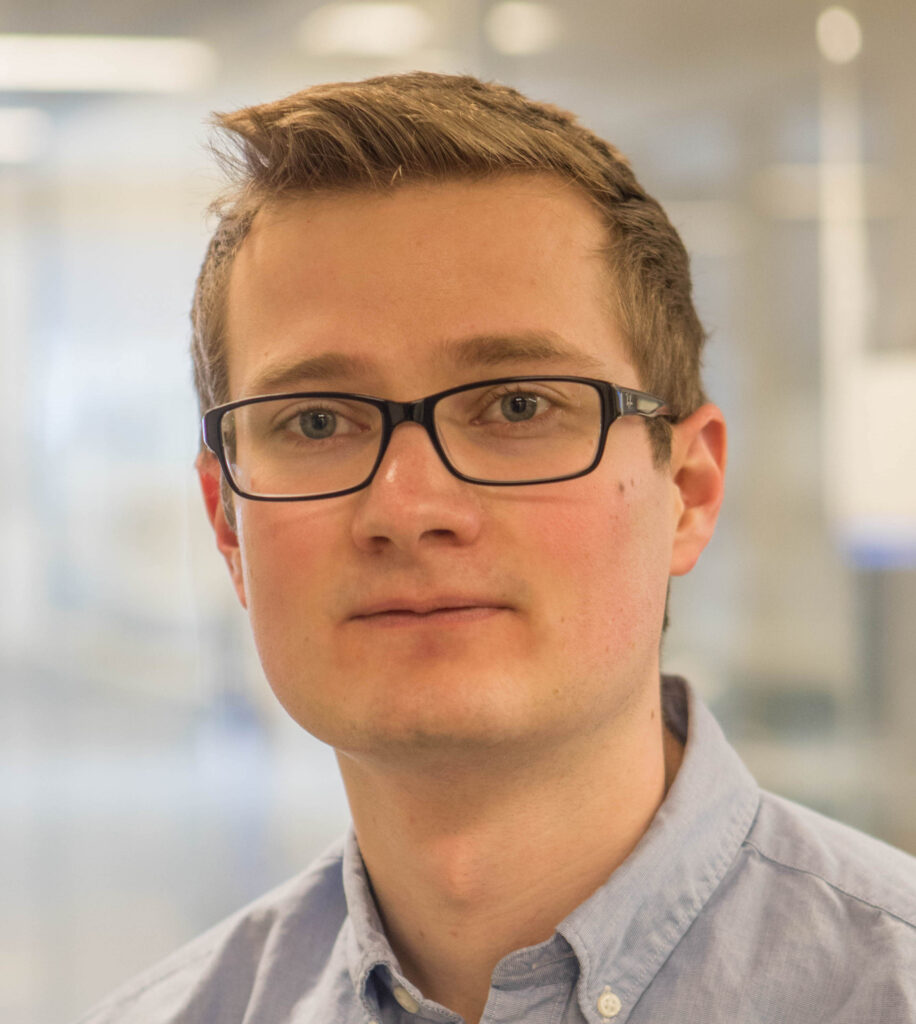
Beck Andrews
PhD, Materials Science and Engineering, University of Michigan 2019
M.S. Materials Science and Engineering, University of Michigan 2015
B.S. Materials Science and Engineering, Purdue University 2013
2029 H.H. Dow Building
Email: [email protected]
1. Continuum scale simulation of transport and microstructure evolution in energy materials and automated parametrization of phase field models
2. Currently I am working on modeling mechanochemical effects on transport and degradation in ionic conductors and developing a tool called the AI-enabled Model BuilDER (AMMBER) to speed up parametrization of phase field models for microstructure evolution. I am also investigating coarsening of bicontinuous metal-liquid microstructures that result from dealloying of metal alloys upon exposure to molten salts.
3. My research has the common theme of continuum scale modeling and simulation with three separate areas of investigation. In the first research area, I simulate ionic transport and chemomechanical effects in ionic conductors. I investigate ionic transport both in FEM simulations at the scale of an experimental cell using COMSOL as well as in microstructure-level simulations that explicitly represent the grains and grain boundaries in polycrystalline ceramic ionic conductors. In the near future, we also intend to simulate degradation mechanisms (e.g., Li filament growth) in all-solid-state batteries. In the second area, I am working on developing the AI-enabled Model BuilDER (AMMBER). This software tool will speed up the parametrization of phase field models for microstructure evolution, especially for multicomponent, multiphase systems that are difficult to parametrize by hand. In the third research area, I am simulating coarsening of bicontinuous structures resulting from the dealloying of metal alloys upon exposure to a molten salt. Our goal is to understand which transport mechanisms are driving coarsening and to extract the kinetic coefficients for those mechanisms.
Graduate Students:
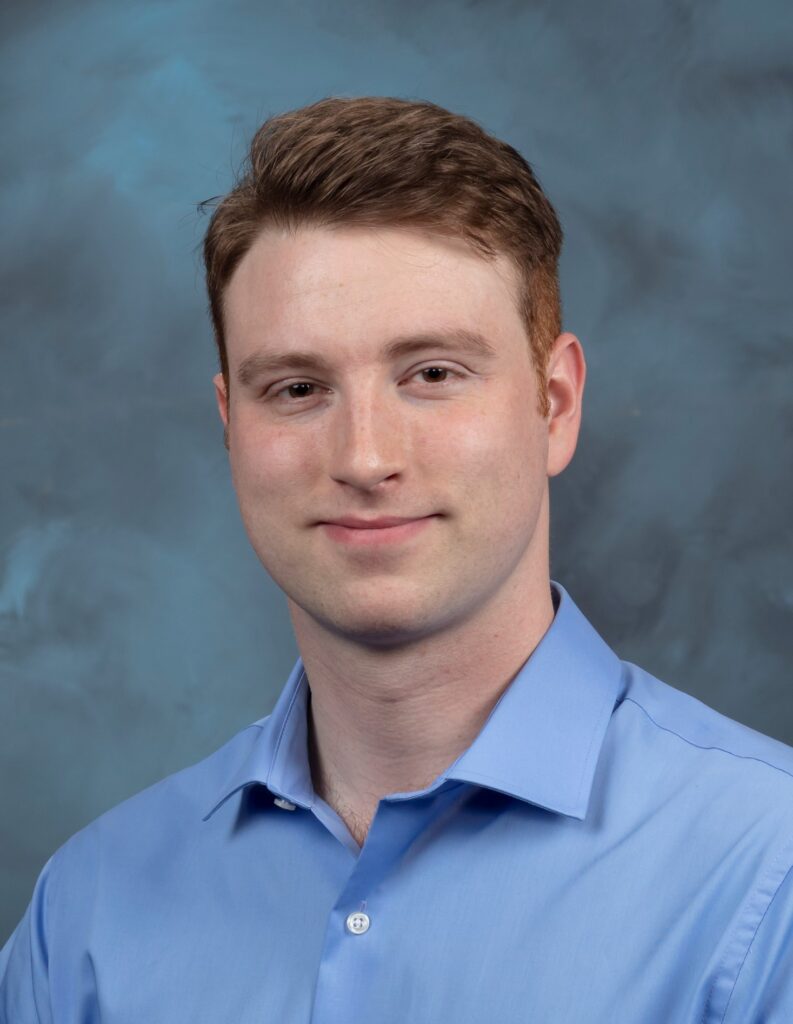
Zach Croft
B.S., Physics, Washington State University, 2018
Ph.D. Student, Applied Physics, University of Michigan, 2019 – Present
2029 H.H. Dow Building
Email: [email protected]
My research involves phase field modeling of crystal growth for the production of 1) metal matrix nanocomposites (MMNCs) and 2) large single crystals.
The thermomechanical properties of MMNCs heavily depend on the nanoparticle distribution. I study the physics of the nanoparticle-solidification front interaction during solidification to better understand how to control particle dispersion and achieve the desired properties.
Large single crystals are typically grown from a melt during directional solidification. However, it has recently been shown they can be produced in the solid-state via cyclic heat treatment (CHT), where abnormal grain growth (AGG) can be triggered during annealing. It is hypothesized that AGG is driven by stored-energy in subgrains formed after cycling between one- and two-phase states. My work involves using phase field modeling to investigate this growth mechanism and optimize the CHT.

Eymana Maria
B.Sc., Electrical and Electronic Engineering, Bangladesh University of Engineering and Technology, 2017
M.Sc., Electrical and Electronic Engineering, Bangladesh University of Engineering and Technology, 2021
Ph.D. Student, Electrical and Computer Engineering, University of Michigan, 2020 – Present
2029 H.H. Dow Building
Email: [email protected]
Project title: Modeling and simulation of material synthesis processes
My research focuses on the phase-field modeling of solid-state metathesis reactions to capture the concentration evolution of ionic species in space and time. I also work on developing COMSOL models to simulate heat transfer in furnaces and conductivity in metathesis reactions.

Xander Mensah
B.S.E., Materials Science and Engineering, University of Michigan, 2019-2023
Ph.D. Student, Materials Science and Engineering, University of Michigan, 2023-Present
2029 H.H. Dow Building
Email: [email protected]
I am developing the software “AMMBER: The AI-enambeled Model BuildER,” which provides a suite of general-purpose multi-phase-field model implementations and tooling to rapidly parameterize and deploy simulations for the purpose of determining unknown physical parameters. When I have energy, I run a math art page.
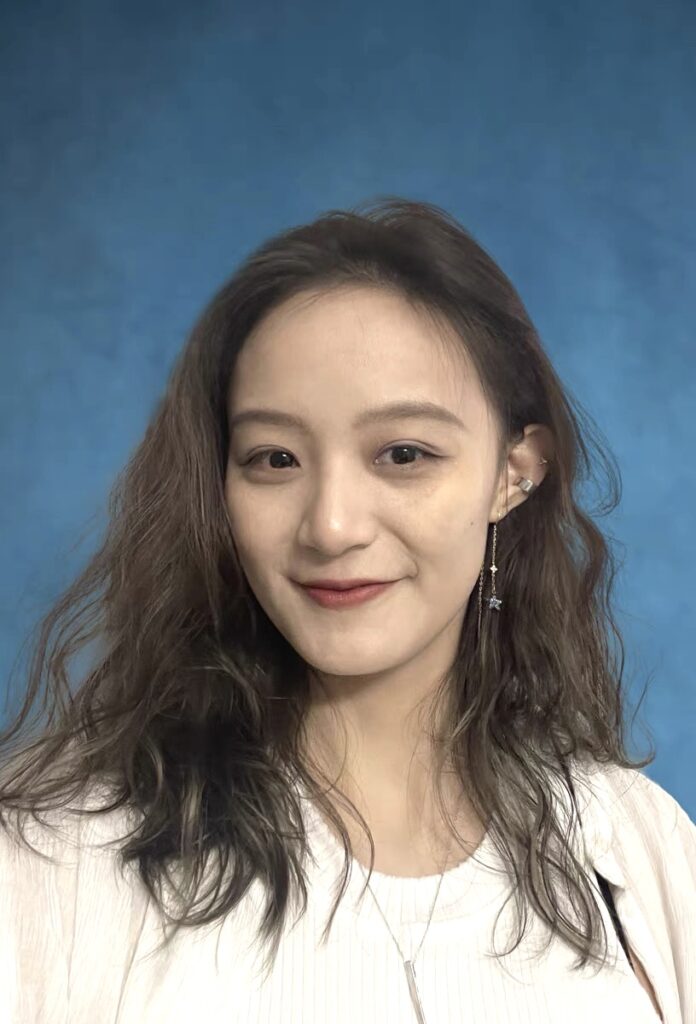
Lingxia Shi
B.Sc., Materials Physics, Fudan University, China, 2016-2020
M.S.E., Materials Science and Engineering, University of Pennsylvania, 2020-2022
Ph.D. Student, Materials Science and Engineering, University of Michigan, 2022-Present
2029 H.H. Dow Building
Email: [email protected]
I work on the phase field modeling of alloy solidification. My simulations can capture the anisotropic growth of solids from binary liquid alloys, and my research aims to further investigate the microstructure evolution in real Metal Matrix Nanocomposites (MMNCs) systems.
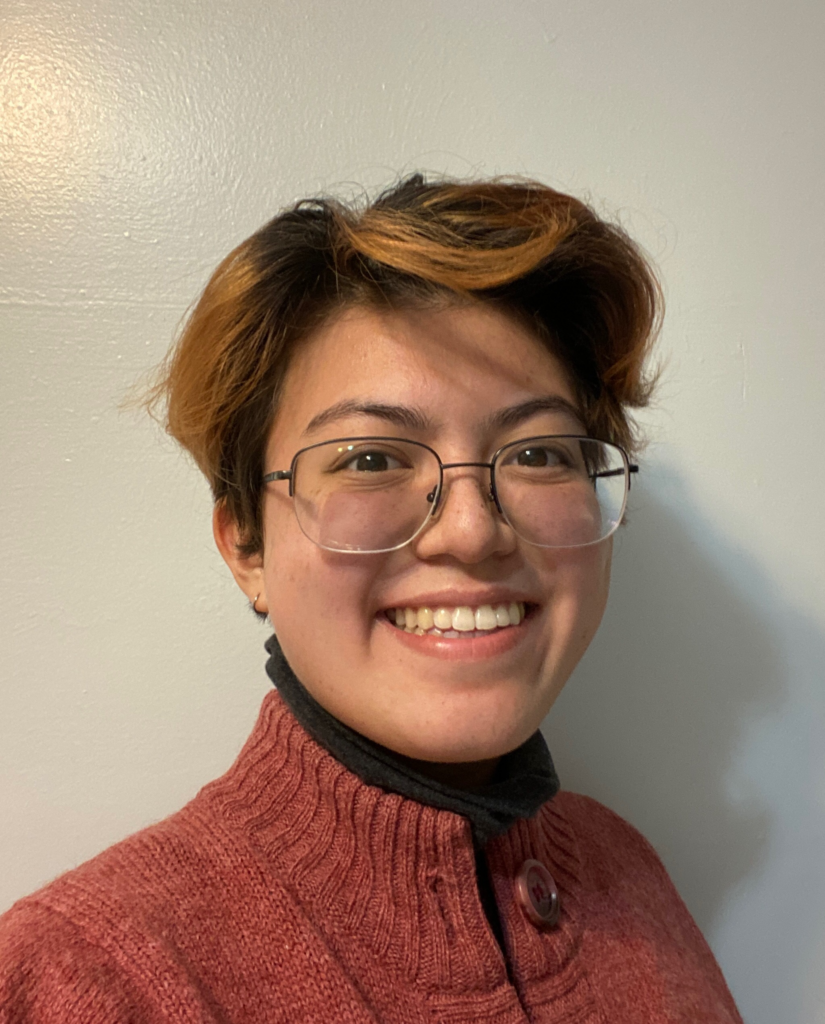
Ellery Hendrix (they/them/theirs)
B.Sc., Materials Science and Engineering, Cornell University, 2018-2022
Ph.D. Student, Materials Science and Engineering, University of Michigan, 2022-present
2029 H.H. Dow Building
Email: [email protected]
Project Title: Phase-Field Modeling for Microstructure Evolution in Molten Salts
I use phase-field modeling to study the mechanisms behind the microstructure evolution at the interface between molten salt and the structural alloys, including corrosion and diffusion. Molten salt nuclear reactors are a promising technology for clean energy, but one of their challenges is microstructure evolution at the molten salt-structural alloy interface, compromising the integrity of the structure. Our goal is to examine the mechanisms behind this microstructure evolution using phase-field models informed by experimental results. We employ models for corrosion and surface diffusion to study their effects on the microstructure in isolation and when combined. This work is supported by the Department of Energy EFRC Molten Salts in Extreme Environments.
In my free time, I like cooking, spending time outdoors, drawing, and reading.
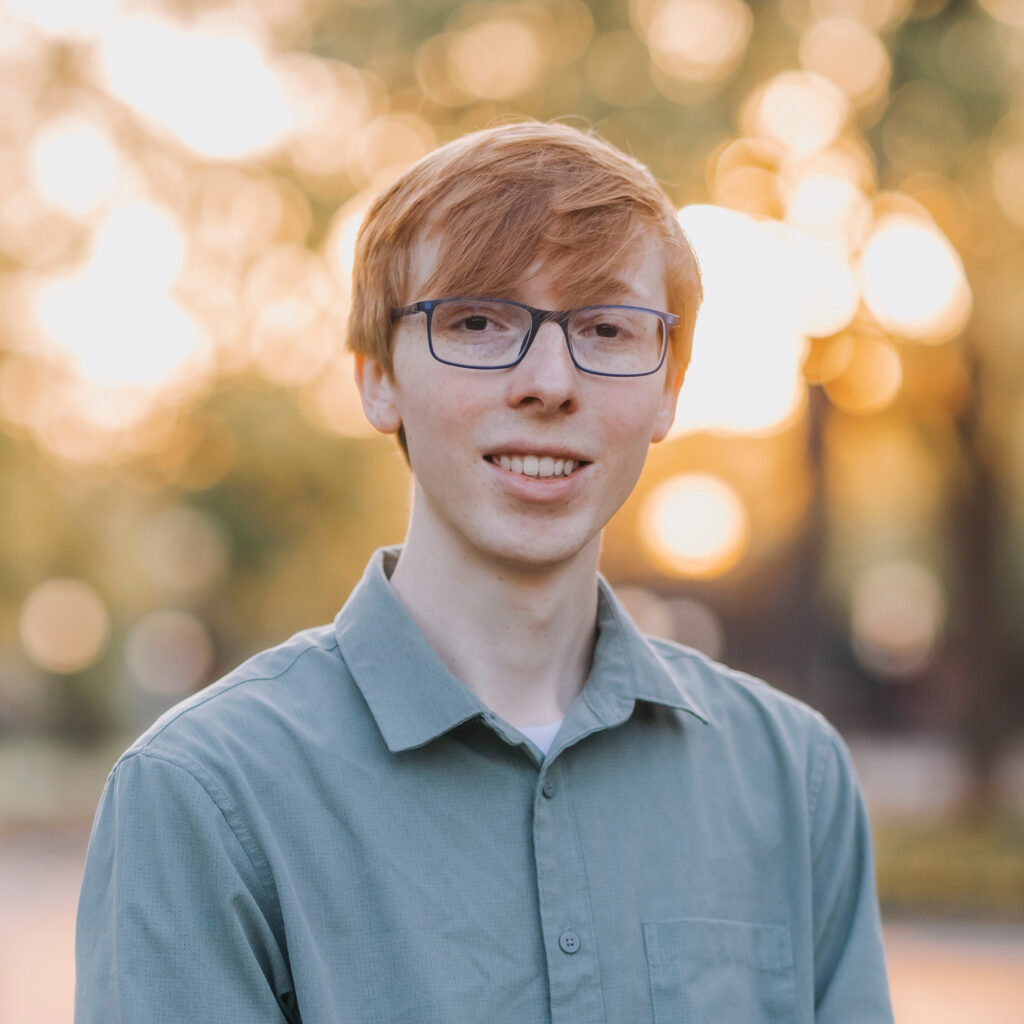
Jason Landini
B.Sc., Materials Science and Engineering, University of Michigan, 2019-2023
M.S.E., Materials Science and Engineering, University of Michigan, 2023-2024
Ph.D. Student, Materials Science and Engineering, University of Michigan, 2022-present
2029 H.H. Dow Building
Email: [email protected]
My current research focuses on the modeling of intermetallic formation on nanoparticles during solidification through phase-field modeling. Insight into this solidification behavior can assist the informed materials design of in-situ metal matrix nanocomposites. Outside of research, I enjoy baking and reading.

Jonathan Gjerde
B.A., English, University of California – Davis, 2007-2009
M.S., Physics, California State University – Los Angeles, 2020-2023
Ph.D. Student, Applied Physics Program, University of Michigan, 2023-present
2029 H.H. Dow Building
Email: [email protected]
My modeling work examines the effects of degradation mechanisms in solid-state batteries, with a particular focus on chemo-mechanics. This work includes studies of voids, filaments, and the stresses associated with intercalation/deintercalation.
Former Group Members:
| Current Position | Location | |
| Supriyo Chakraborty | Assistant Professor | IIT Jammu |
| Daniel Williams | Undergrad Student | University of Michigan |
| Jindong Huang | Master Student | University of Michigan |
| Jacob Lepley | Undergrad Student | University of Michigan |
| Sammie Staudinger | Undergrad Student | University of Michigan |
| Andrew Danbury | PhD Student | MIT |
| Kevin Masel | PhD Student | Northwestern |
| Vishwas Goel | Electrochemical Energy Storage Engineer | Enphase |
| Guanglong Huang | Senior Algorithm Engineer | Ambarella |
| Alex Chadwick | Postdoctoral Fellow | Northwestern University |
| Victor W. L. Chan | Postdoc | RPI |
| Hsun-Yi Chen | Assistant Professor | National Taiwan University |
| Hui-Chen Chen | ||
| Min-Ju Choe | System Engineer | Northrop Grumman |
| Stephen DeWitt | Research Investigator | PRISMS Center, University of Michigan |
| Scien Du | ||
| Chloe Funkhouser | Principle Engineer | Baxter Healthcare |
| Erik Hanson | Research Engineer | Sakti3 |
| Emma Humphrey | Ph.D Candidate | Carnegie Mellon University |
| Andrea Jokisaari | Postdoc | Argonne National Laboratory |
| Saeed Kazemiabnavi | Battery Modeling Engineer | Ford Motor Company |
| Yangjun Lyu | ||
| S M Golam Mortuza | Electrified Propulsion System Simulation Engineer | FCA Fiat Chrysler Automobiles |
| Tapiwa Mushove | Engineer | Intel |
| Bernardo Orvananos | Management Consultant | Boston Consulting Group |
| Chal Park | LIFT(Lightweight Innovations for Tomorrow) | |
| Nick Patterson | Engineer | Raytheon |
| Nirand Pisutha-Arnond | Associate Professor | King Mongkut’s Institute of Technology |
| Max Powers | Ph.D. Candidate | University of Michigan |
| Luis Sagastume | Lighting Engineer | FCA Fiat Chrysler Automobiles |
| Mujan Seif | Ph.D. Candidate | University of Kentucky |
| Doaa Taha | CFD Application Development Engineer | General Motor |
| Michael Tong | ||
| Martina Trini | Researcher | Fondazione Bruno Kessler – FBK |
| Hui-Chia Yu | Assistant Professor | Michigan State University |
| Mojue Zhang |
